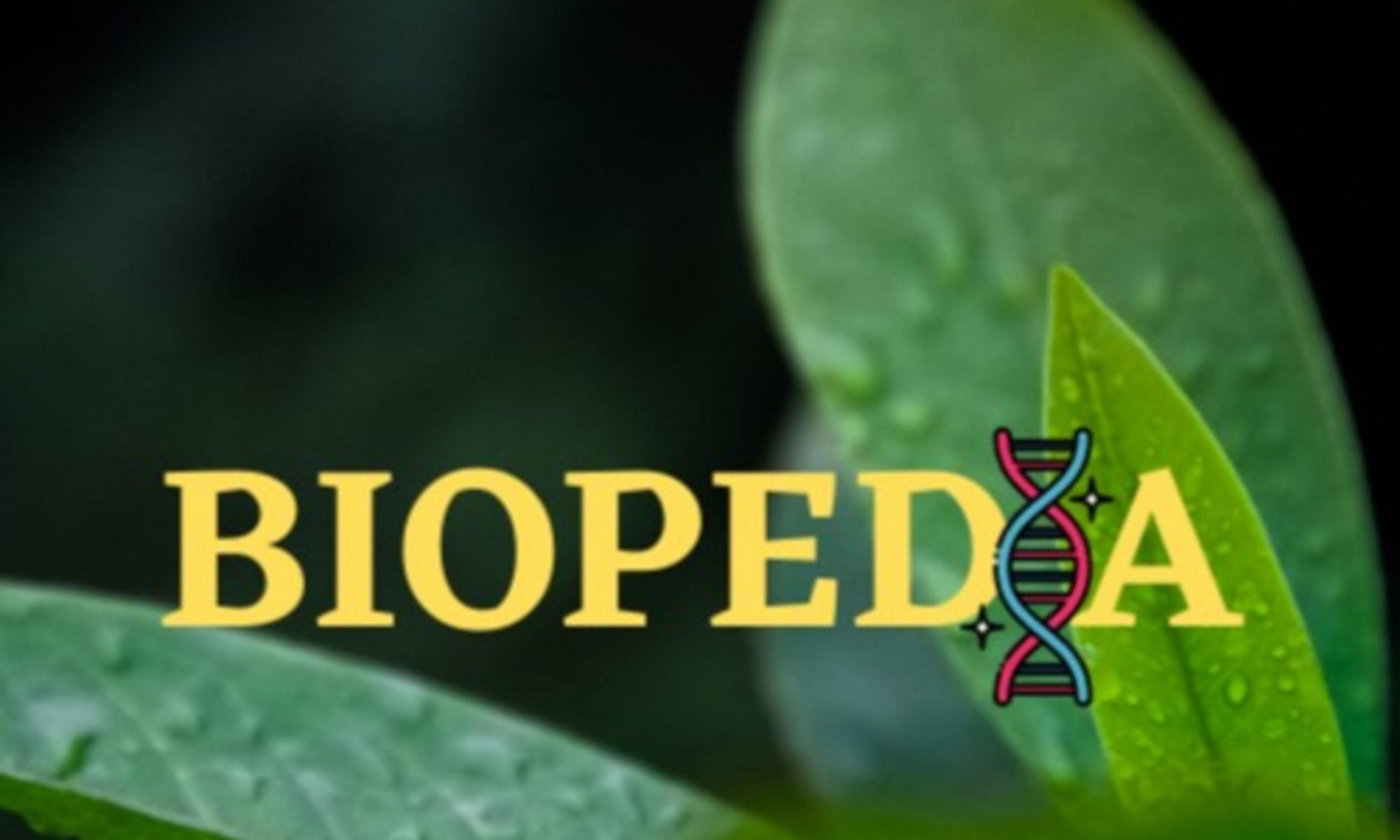In today’s episode, we revisit an old blog post from all the way back in January 2021. George III of the United Kingdom is probably the person most famously associated with porphyria. However, what isn’t as often discussed is what exactly it is. Moreover, as we will introduce in today’s episode, it isn’t just George Hanover who was affected with the condition; his wider family seems to have suffered from it too. We don’t touch on this that much in the episode, but it in fact seems to stretch back to Peter I of Bourbon in the 14th century…
Sources for this episode: 1) Cussans, T. (2017), The Times Kings & Queens of the British Isles: A History of Monarchy. Marlborough: Times Books Ltd. 2) Dean, G. and Barnes, H. D. (1955), The Inheritance of Porphyria. British Medical Journal 2(4931): 89-94. 3) Hurst, L. C. (1982), Porphyria revisited. Medical History 26(2): 179-182. 4) Macalpine, I., Hunter, R. and Rimington, C. (1968), Porphyria in the Royal Houses of Stuart, Hanover and Prussia: A Follow-up Study of George III’s Illness. British Medical Journal 1: 7-18. 5) Roy, R., New Scientist (2011), Dracula’s disease (online) [Accessed 11/12/2022]. 6) Author unknown, British Liver Trust (date unknown), Porphyria (online) [Accessed 11/12/2022]. 7) Author unknown, Genetics Home Reference (2016), porphyria (online) [Accessed 11/12/2022 via Internet Archive]. 8) Author unknown, Wikipedia (date unknown), Peter I, Duke of Bourbon (online) [Accessed 11/12/2022].
NOTE: Original access dates for webpages weren’t listed on my blog post, so dates are for pre-podcast access.
